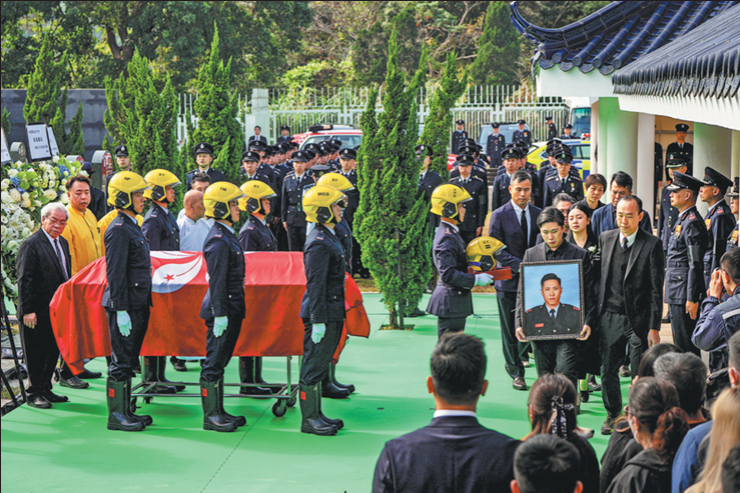Manila's 'gray zone' tango with US shunned by neighbors
China Daily | Updated: 2025-01-03 07:15

The Philippines' new navy chief, Ambrosio Ezpeleta, has recently suggested that the military could adopt a "gray zone" strategy in the South China Sea to counter Beijing in the disputed waterway, using nonmilitary means to realize military objectives.
Actually, Manila has never ceased using such tactics against Beijing over the past two years.
The "civil ships" Manila sends to transport "life supplies" to its military personnel living on the old battleship it grounded on China's Ren'ai Reef since 1999 are actually operated by plainclothes Philippine troops, and among the "life supplies" are building materials that can be used to consolidate the rusty ship as well as weapons.
The "social organizations" of the Philippines that send comforts to the Philippine soldiers on the ship or organize so-called yacht races in the disputed waters near Chinese islands and reefs are actually funded by the Philippine government.
The Ferdinand Marcos Jr government has suspended some railway projects in the country that were to be built by China which were approved by the previous government, and thereafter tried to use reinstating these projects to pressure China to make concessions on the South China Sea issue.
Over the past year, the Philippines has carried out so-called scientific research at China's Tiexian Reef and Xianbin Reef using Philippine Coast Guard patrol boats to carry out the "scientific expeditions", which are in fact official actions in an attempt to assert the "sovereignty" of the Philippines over the Chinese territories.
The Marcos government has also tried to open another front in its "gray zone" by waging a propaganda war against China, with the help of the United States. Manila has thus been leaving no stone unturned in its efforts to smear China, spread lies and portray China as a "bully" and itself as a "victim", calling black white.
The Joe Biden administration regards the "gray zone" strategy as an important means to promote the implementation of its "Indo-Pacific "strategy. Sometimes the US throws itself to the front to help the Philippines to challenge China directly on the South China Sea issue.
The US Department of Defense, the State Department, intelligence agencies, and government-funded think tanks and social organizations all coordinate with each other, taking a whole-of-government approach, to try and add pressure on China over the South China Sea issue. They try to label China as a regional threat that is militarizing the South China Sea, while the Philippines and other US allies are portrayed as "guardians" of freedom of navigation, openness and the regional order.
Despite this, Manila and Washington should know their "gray zone "tango, which is to defend the US' hegemony by nature, runs counter to the aspirations of the majority of members of the Association of Southeast Asian Nations for peace and development, seriously undermines regional cooperation framework centered on ASEAN, and harms the overall and long-term interests of regional countries. No matter how effective they think the strategy is, it is doomed to failure.
CHINA MEDIA GROUP
























